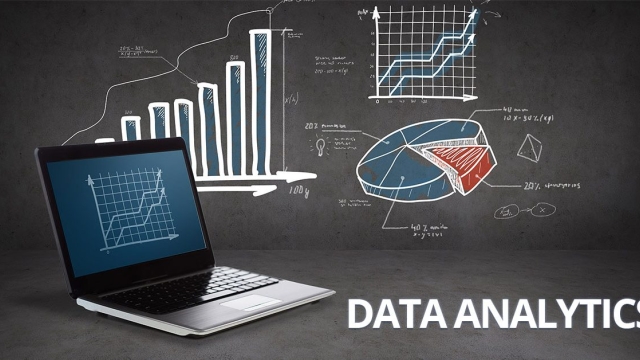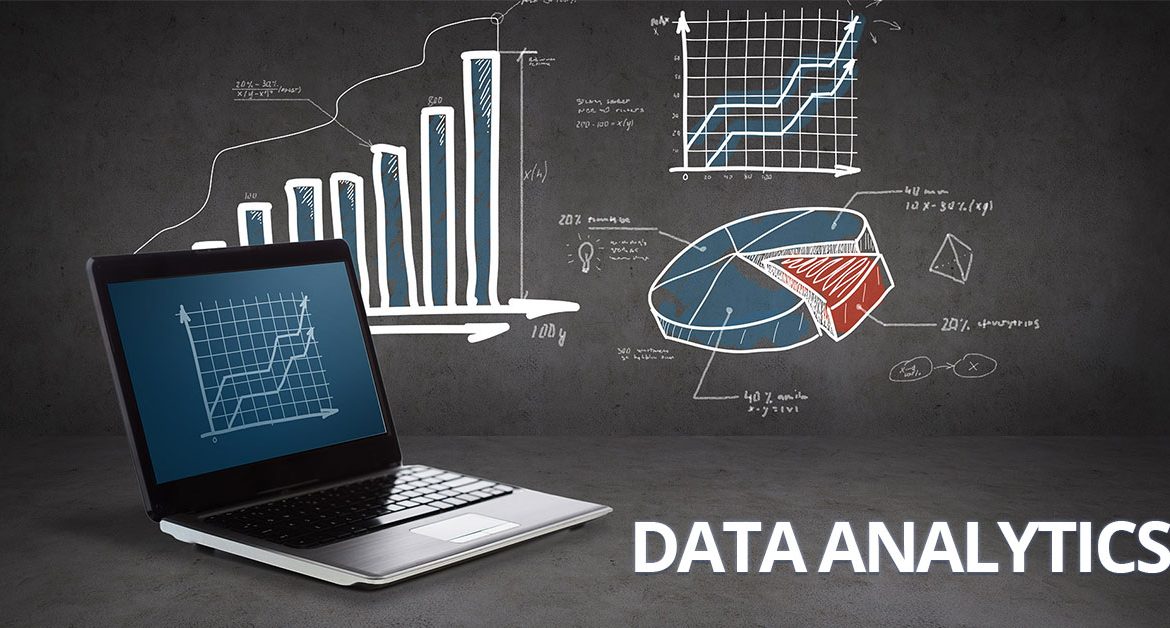
Unveiling the Power of Research: Unearthing Insights Through Data Analysis

Research and data analysis are two integral components of any inquiry-driven endeavor. Whether it’s a scientific study, a market research project, or even a student’s academic investigation, these processes unlock valuable insights and contribute to informed decision-making. Through careful planning and meticulous execution, researchers harness the power of data analysis to unravel complex phenomena, discover patterns and trends, and uncover hidden truths that would otherwise remain obscured. In this article, we will delve into the transformative potential of research and data analysis, exploring how these practices can illuminate our understanding and drive progress in a vast array of fields. Embark on this journey of discovery as we unravel the secrets hidden within the numbers and explore the depths of fruitful research endeavors.
The Importance of Research and Data Analysis
Research and data analysis are two key pillars in the realm of knowledge acquisition and decision-making. These interconnected processes play a crucial role in various fields, ranging from scientific endeavors to business strategies. By conducting research and meticulously analyzing data, valuable insights can be unearthed, leading to informed actions and evidence-based outcomes.
Research serves as the foundation for understanding the world around us and advancing our knowledge. It involves a systematic investigation of a particular subject or problem, aiming to discover new information or validate existing theories. Through research, researchers gather relevant data, conduct experiments or surveys, and analyze the results to draw meaningful conclusions. It is through this rigorous process that we can uncover trends, patterns, and correlations, allowing us to make accurate assessments and predictions.
Data analysis, on the other hand, focuses on extracting meaning from collected data sets. It involves the exploration, transformation, and interpretation of data to identify significant features, relationships, and trends. Data analysis techniques can range from simple calculations and visualizations to complex statistical models and algorithms. By delving into the data, researchers can uncover hidden insights, assess the validity of hypotheses, and make informed decisions based on evidence rather than intuition or guesswork.
The integration of research and data analysis yields numerous benefits across various domains. In scientific research, these practices enable the expansion of knowledge and the development of breakthrough discoveries. In business, research and data analysis support decision-making processes, helping organizations identify market trends, analyze customer preferences, and evaluate the effectiveness of marketing campaigns. Moreover, governments and policymakers rely on research and data analysis to inform and guide the creation of policies that shape society.
In conclusion, the importance of research and data analysis cannot be overstated. These intertwined processes provide the means to unravel the mysteries of the world and make data-driven decisions. By embracing research and employing effective data analysis techniques, we can uncover valuable insights, drive innovation, and enhance our understanding of complex phenomena.
Methods and Techniques for Data Analysis
In the field of research and data analysis, various methods and techniques are used to extract valuable insights from the collected data. These methods play a crucial role in uncovering patterns, relationships, and trends that can inform decision-making and drive innovation. Let’s explore some commonly employed methods and techniques in this section.
Statistical Analysis: Statistical analysis is a fundamental approach used to analyze data in research. It entails applying mathematical formulas and statistical models to understand the significance of observed patterns and draw meaningful conclusions. Through techniques such as hypothesis testing, regression analysis, and analysis of variance (ANOVA), researchers can make inferences about relationships, predict outcomes, and evaluate the impact of variables.
Data Mining: Data mining involves exploring vast amounts of data to identify hidden patterns, correlations, and potentially useful information. This technique utilizes algorithms and computational tools to extract valuable insights from big datasets. By employing methods such as clustering, association rule mining, and classification, researchers can discover trends, segment their data, and uncover valuable knowledge that may have otherwise gone unnoticed.
Custom Research PapersQualitative Analysis: While quantitative methods focus on numerical data, qualitative analysis aims to understand the underlying reasons, motivations, and opinions behind the data. This approach involves techniques such as content analysis, thematic analysis, and grounded theory, which help researchers identify themes, extract meanings, and interpret data within the context of the research question. Qualitative analysis can provide rich insights and a deeper understanding of complex phenomena.
These methods and techniques represent just a glimpse into the vast toolbox available to researchers for data analysis. Depending on the nature of the research question and the type of data collected, a combination of these methods or other specialized techniques may be employed to unearth meaningful and actionable insights. As technology advances and new methodologies emerge, the power of research and data analysis continues to grow, enabling us to make informed decisions, solve complex problems, and drive progress in various fields.
Utilizing Research Findings for Insightful Decision Making
In today’s data-driven world, research and data analysis play a vital role in helping organizations make informed decisions. By harnessing the power of research findings, businesses can uncover valuable insights that ultimately guide their strategic direction. Data-driven decision making has become a crucial aspect of modern day operations, allowing companies to stay ahead of the curve and navigate the complex business landscape.
Research findings serve as the backbone for insightful decision making. Through rigorous investigation and analysis, researchers collect, interpret, and synthesize data to derive meaningful conclusions. These findings are not merely numbers and statistics; they represent an in-depth understanding of consumer behavior, market trends, and industry dynamics. By taking into account these research insights, organizations can gain a comprehensive understanding of their target audience, competition, and potential opportunities.
With access to robust research findings, decision makers can evaluate various options and make sound choices guided by evidence, rather than relying on intuition or guesswork. The insights derived from data analysis provide valuable context, shedding light on the efficacy of different strategies and potential outcomes. This approach minimizes uncertainty and helps businesses make calculated decisions that align with their goals and aspirations.
Moreover, research findings enable organizations to adapt and respond quickly to changing market conditions. By regularly conducting research and analyzing data, companies can stay on top of evolving consumer preferences, emerging trends, and industry disruptions. These insights empower decision makers to make timely adjustments to their strategies, ensuring that they remain competitive and relevant in a dynamic marketplace.
In conclusion, research findings and data analysis form the foundation for insightful decision making in today’s business landscape. By embracing the power of research, organizations can harness valuable insights and uncover hidden opportunities. With robust research findings at their disposal, decision makers can navigate uncertainties, adapt to changing circumstances, and make informed choices that drive success.



